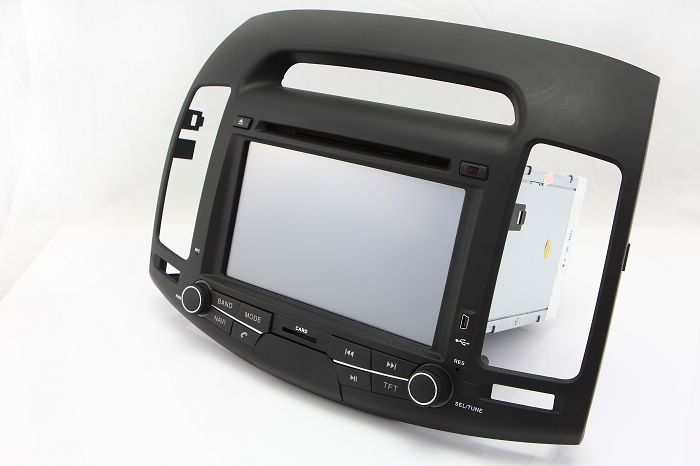

However, it doesn't cancel out until you get below 5 mph, which is a lot more usable in traffic than ACC that only operates at speeds above 19 mph. It works great when it's active, but I wouldn't trust it for semi-autonomous driving.ĪCC in the Elantra leaves me conflicted, because it's not a full-speed range system that can stop and hold the car for you. Hyundai mounts the radar at the bottom of the grilleĪ small indicator in the gauge cluster lights up green when LKAS is active and able to read the lane markers – it turned on and off intermittently during my drive, according to the indicator. I expected the LKAS to be a simple system that only bounces the car back and forth between the lane, but it's an active system that provides steering assist, which was a surprise. I set it to active and enabled the LDW and LKAS via a button to the left of the steering wheel.

You can adjust the sensitivity of the system via the LCD display in the gauge cluster. The LKAS in the Elantra caught me by surprise. I couldn't find another auto journalist or Hyundai representative to run in front of the car while I drove 40 mph to test out the pedestrian detection feature, unfortunately. The system then provided stopping power before I could slam on the brakes. I didn't mean to trigger the AEB system, but traffic came to a complete stop on an open highway during my drive, triggering the forward collision warning before I stepped on the brakes. Meanwhile, the pedestrian detection function automatically applies the brakes at speeds of 5 to 43 mph. Hyundai's AEB system relies on a camera and radar sensor, and it can apply full braking power at speeds from 5 to 50 miles per hour (mph).

The blind spot monitor is standard on the Limited trim level. The Ultimate package adds a full suite of driver assists, which includes automatic emergency braking (AEB), pedestrian detection, adaptive cruise control, lane departure warning (LDW) and lane keep assist (LKAS). Driver assistsĬheck off the Ultimate package to get everything and the kitchen sink on the new Elantra. The ability to control the car from a smartphone or smartwatch is entertaining at first, and can impress friends and family, but the novelty wears off quickly and doesn't justify the subscription cost, at least for me. The Verizon-based telematics system can be useful in cold climates where you need remote start, but I don't use any of the features.


 0 kommentar(er)
0 kommentar(er)
